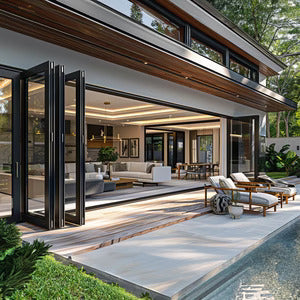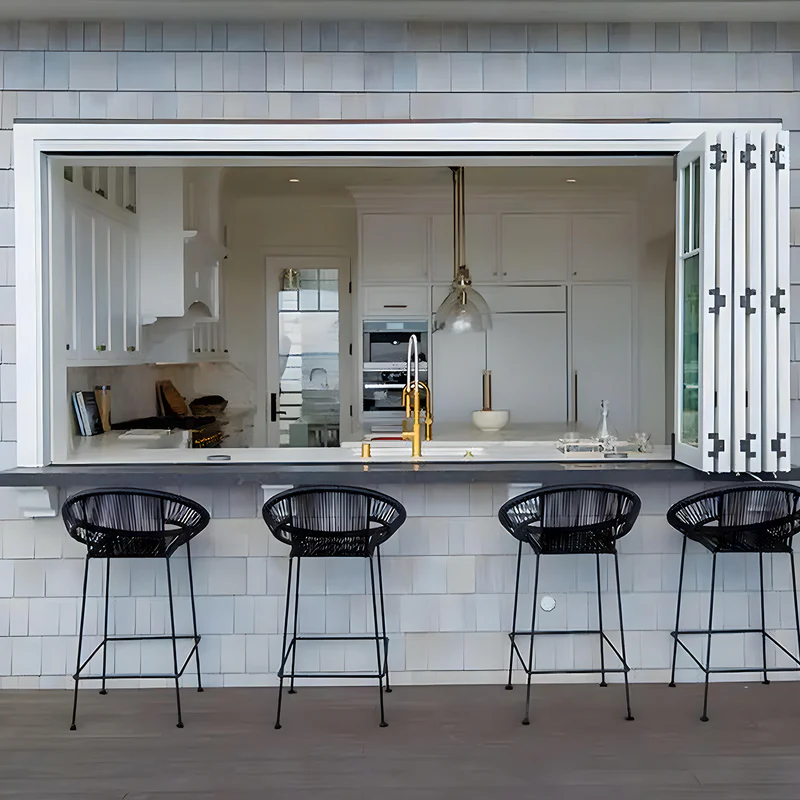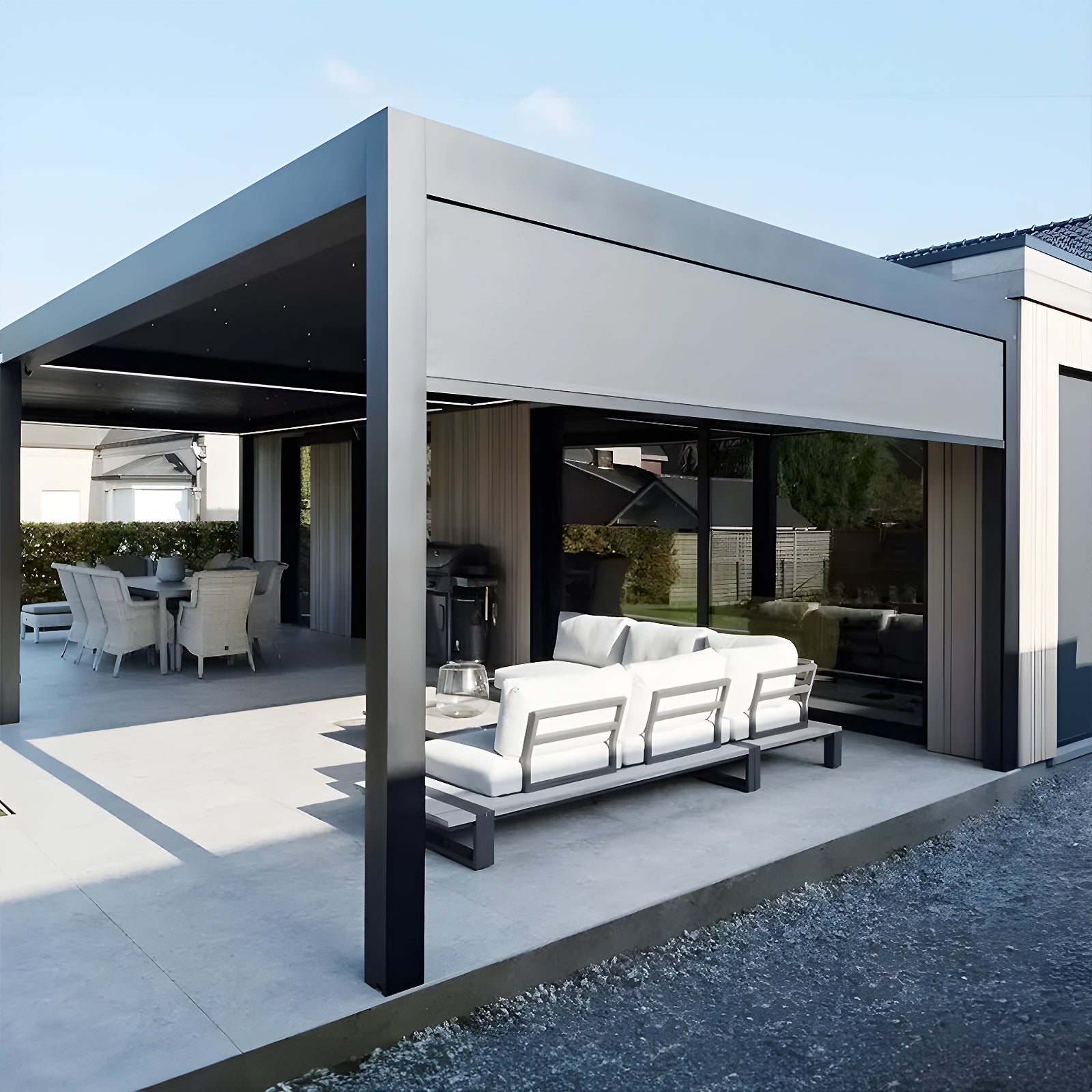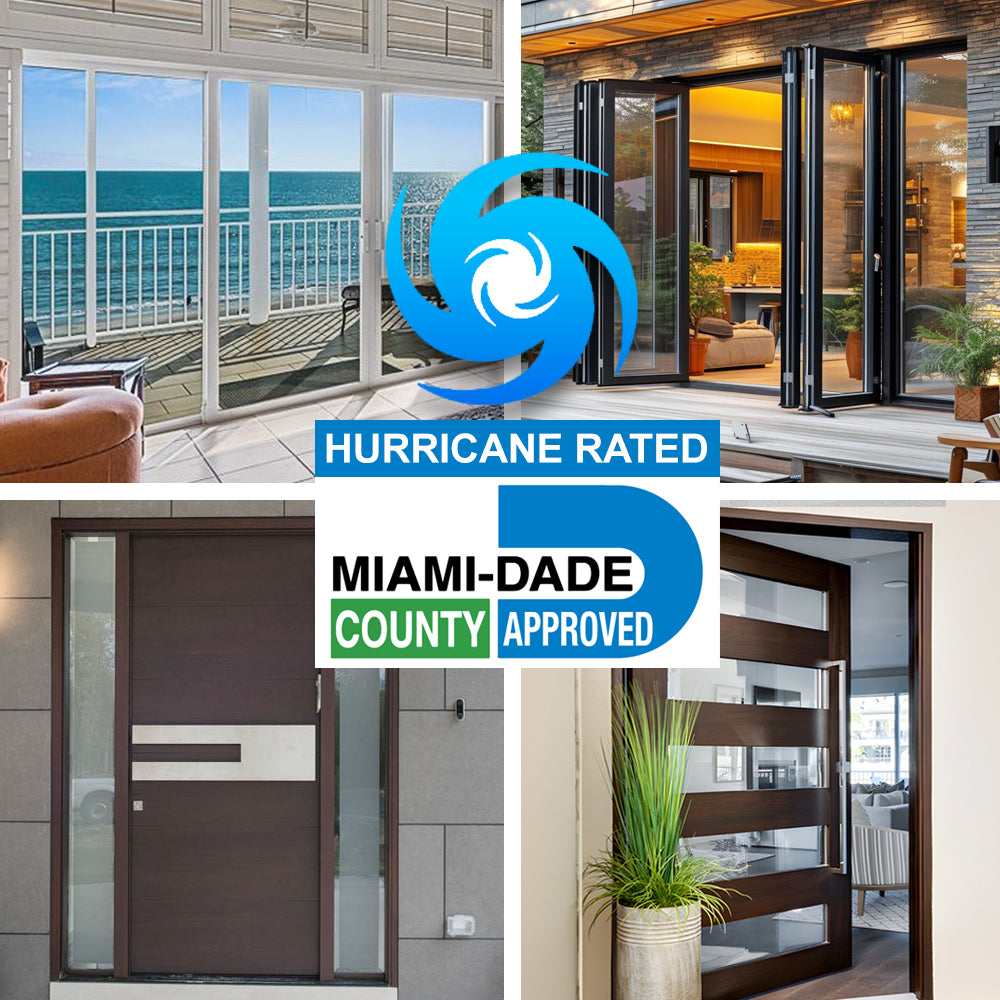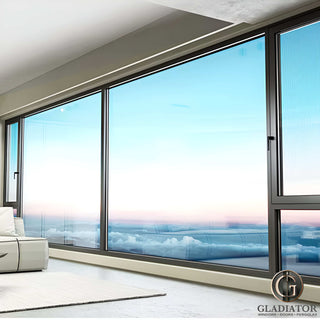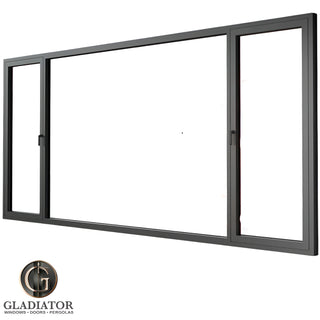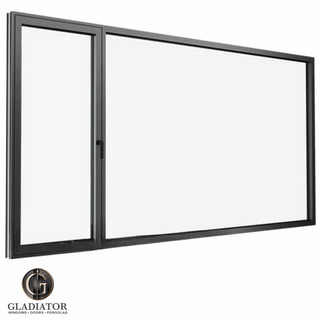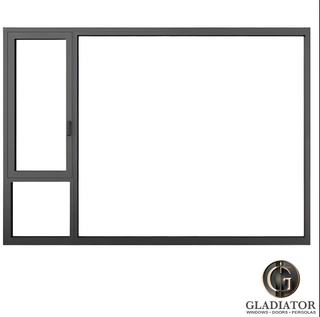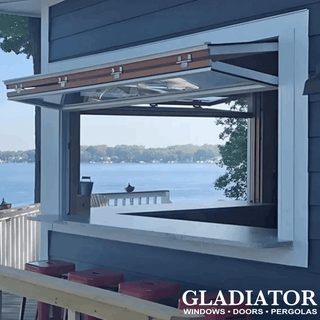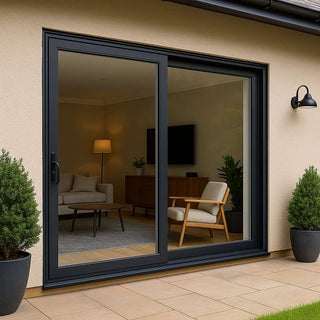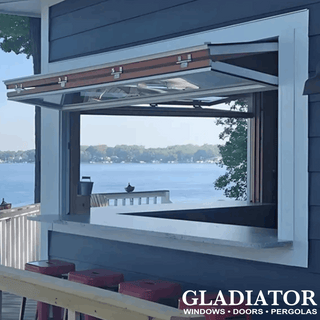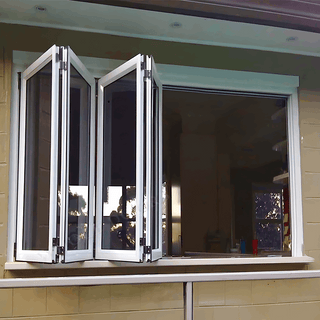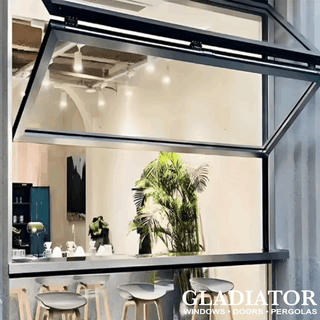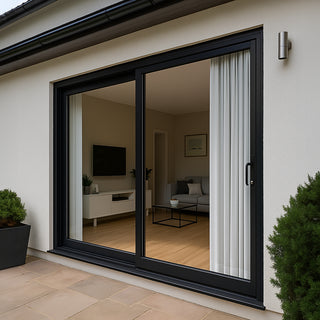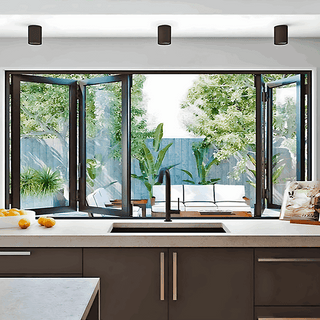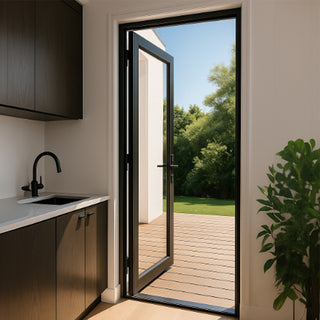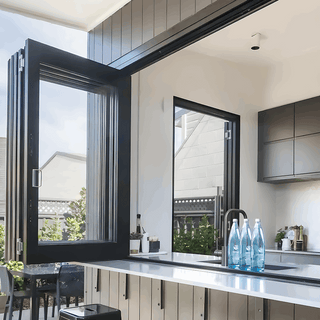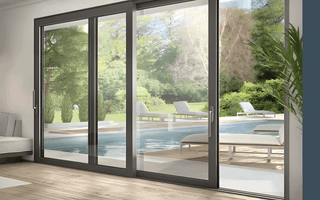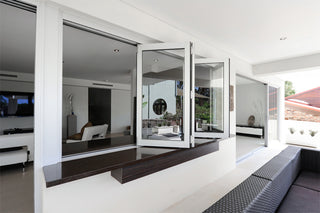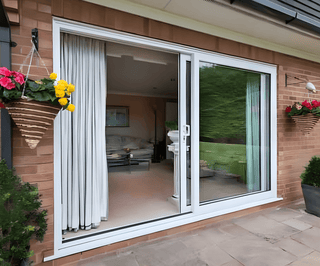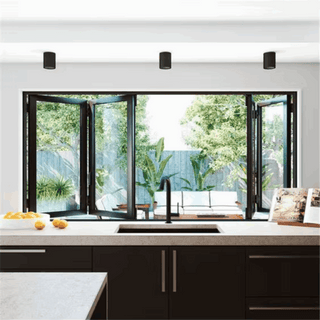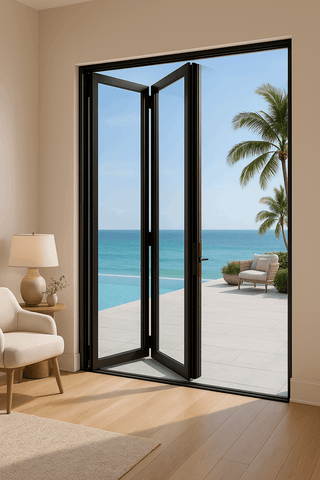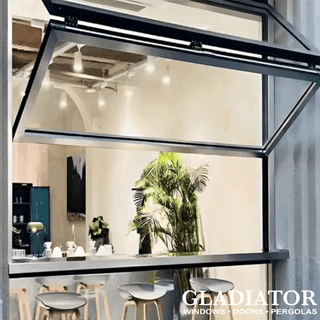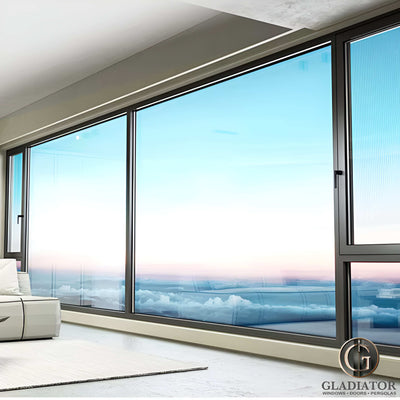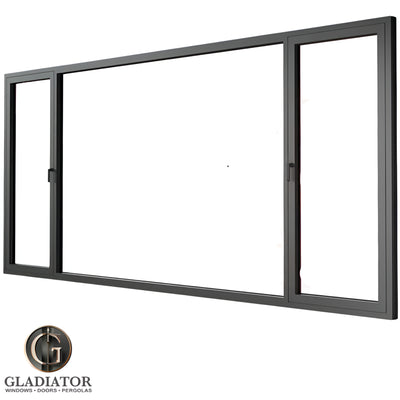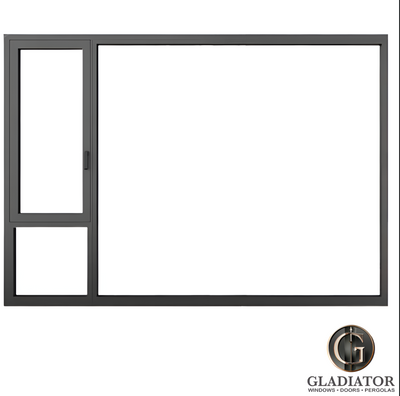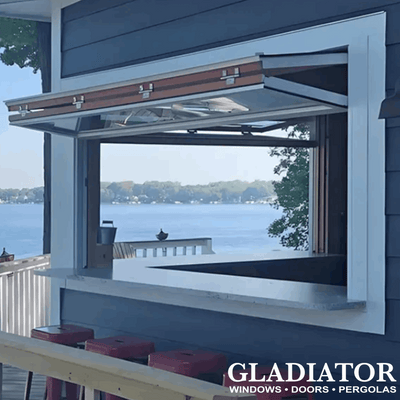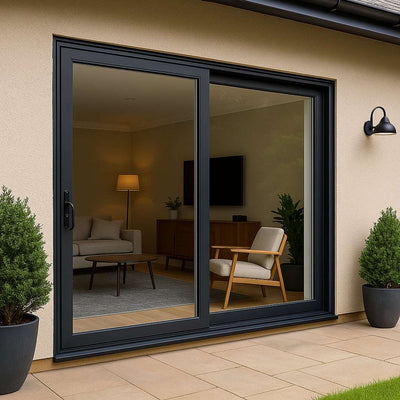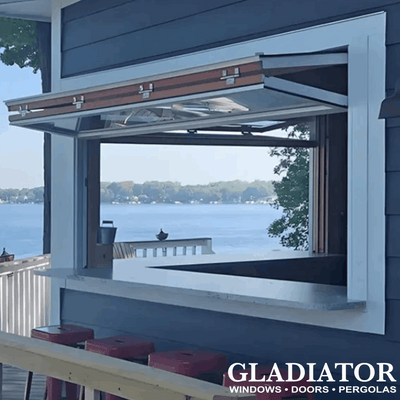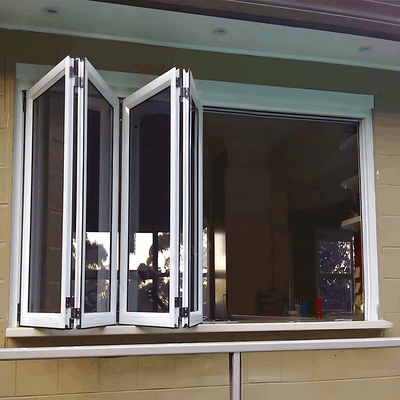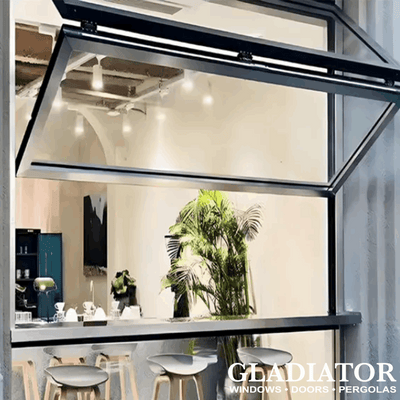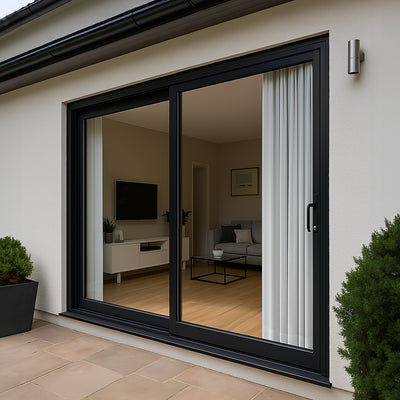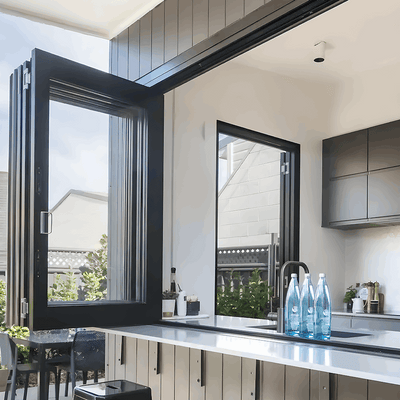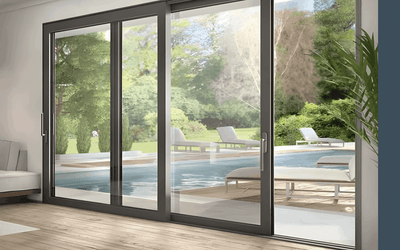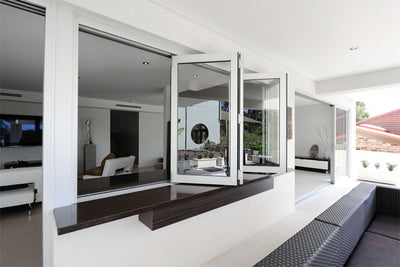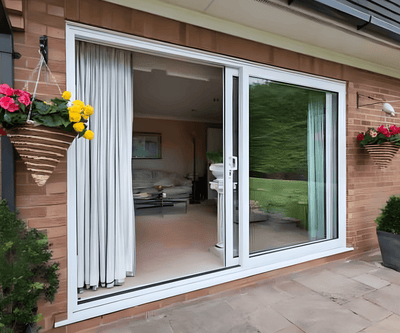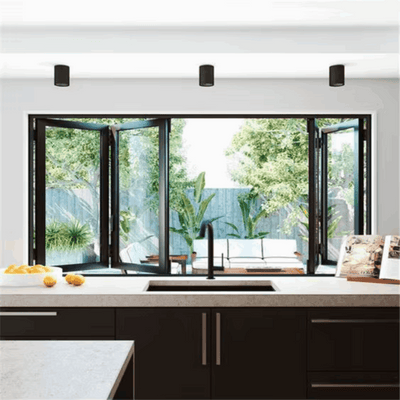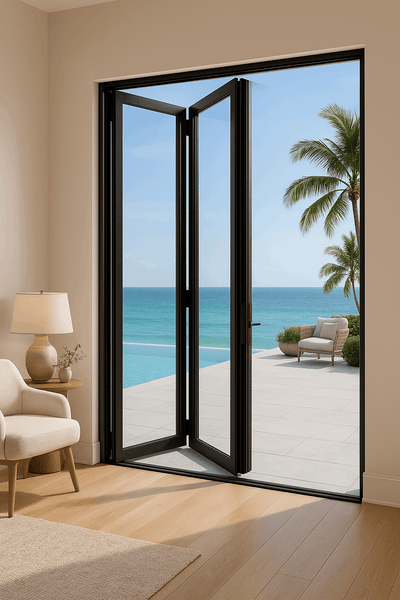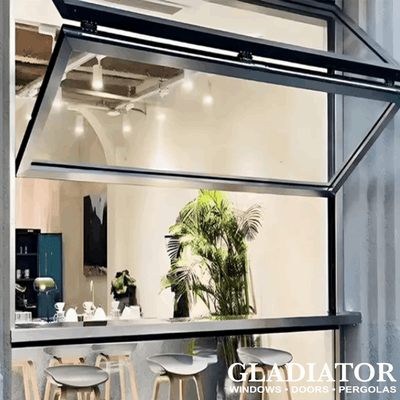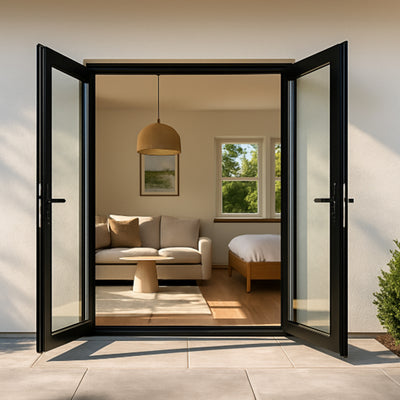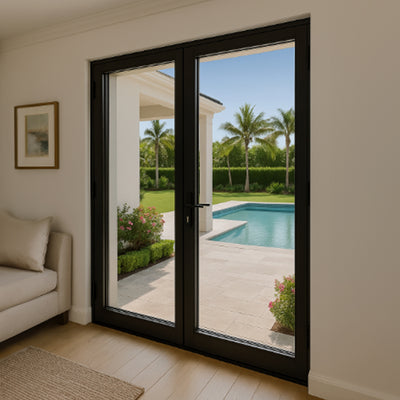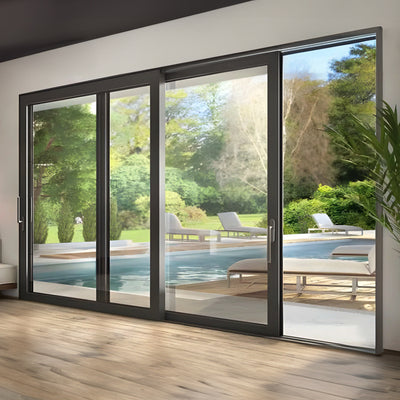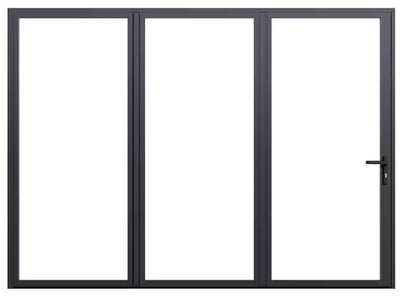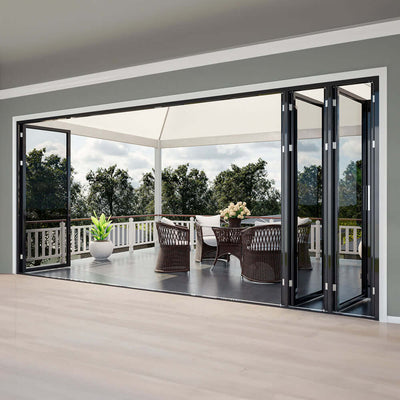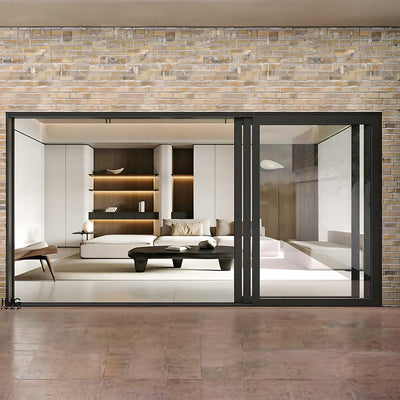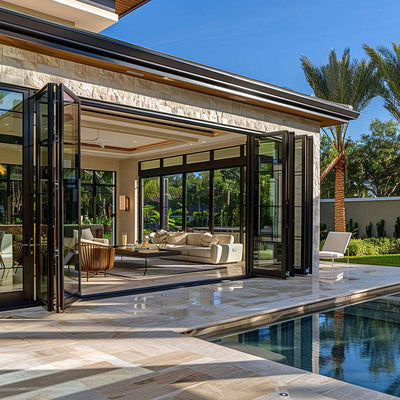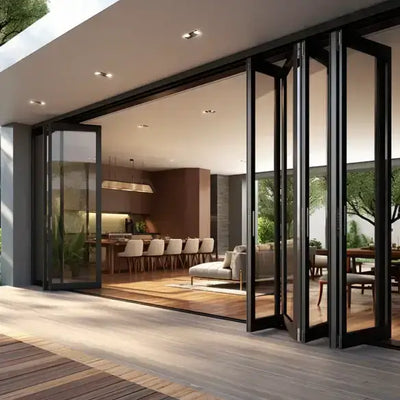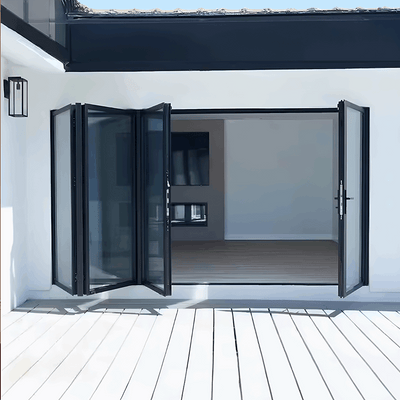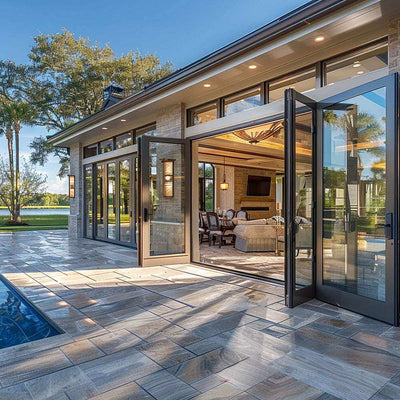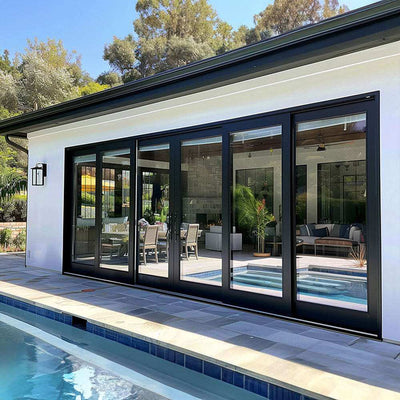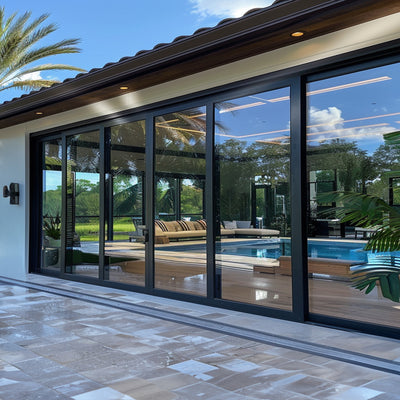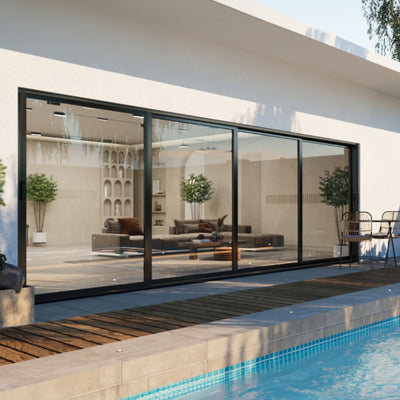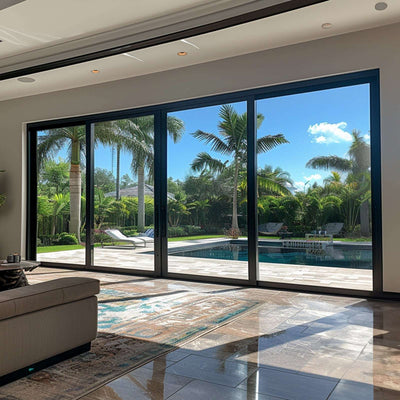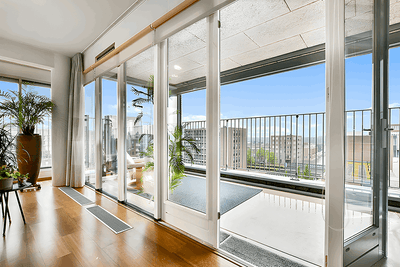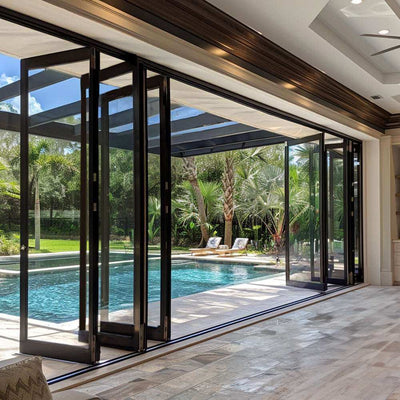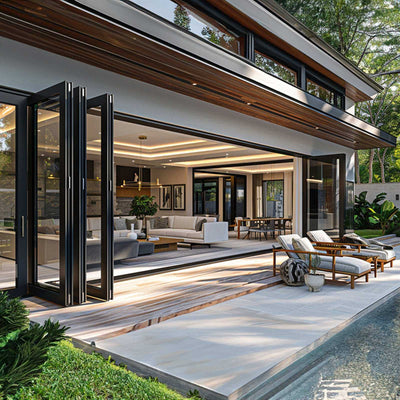The Real Cost Breakdown: What You’ll Actually Pay
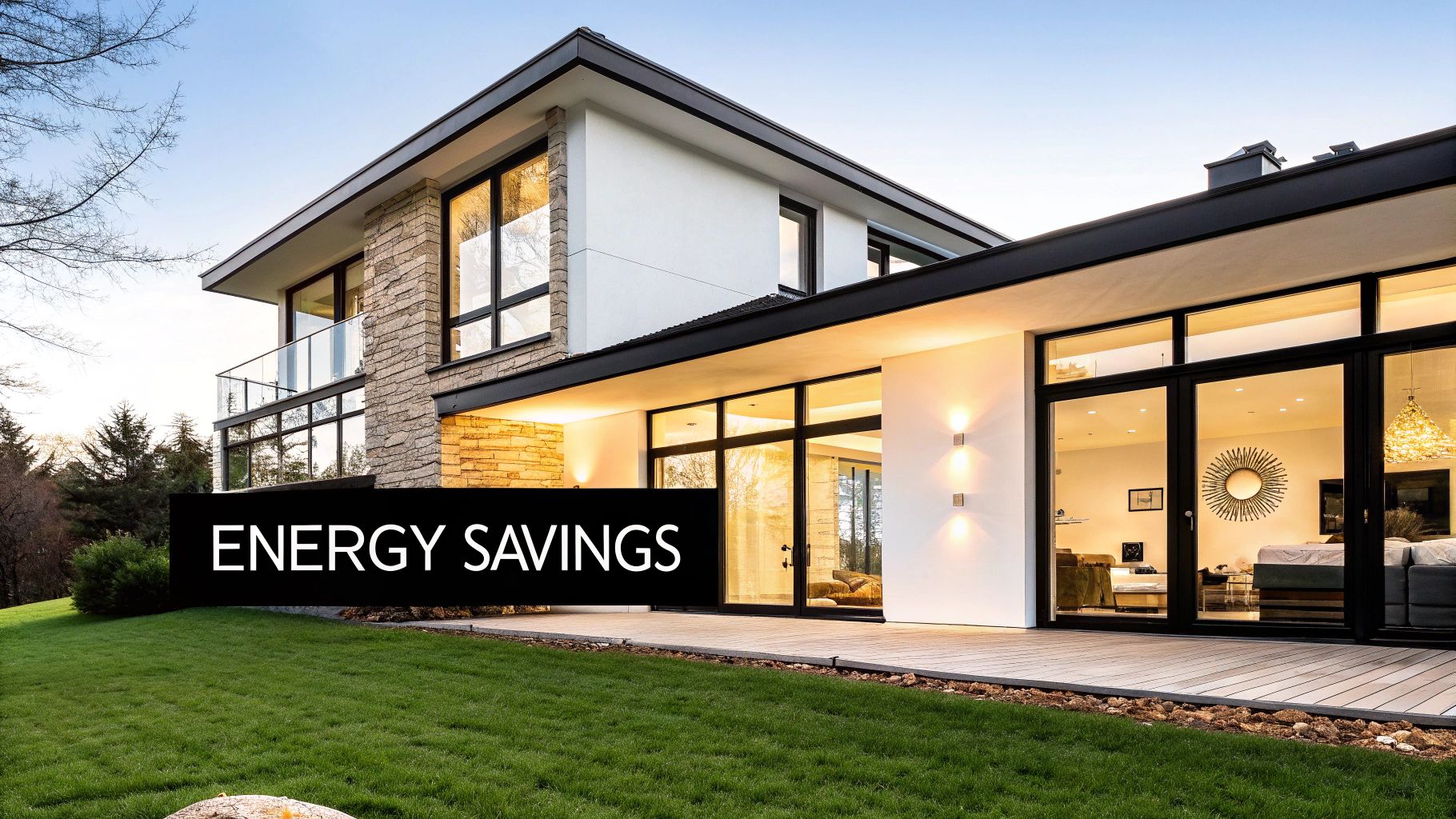
Understanding the true cost of energy-efficient windows goes beyond the initial sticker price. Several factors contribute to the total investment, and knowing these will empower you to make informed choices. This means understanding what you're paying for and getting the best value. Let's explore the key components that influence energy-efficient window costs.
Window Specifications: A Balancing Act
One of the primary cost drivers is the window's specifications. Double-glazed windows are typically the most budget-friendly, offering a solid balance of cost and energy efficiency. Triple-glazed windows provide superior insulation but come with a higher price tag. This added expense is often offset by significantly lower energy bills, especially in harsh climates.
Low-E coatings, which reflect infrared light, further enhance energy performance, but also add to the upfront cost. Choosing the right balance of performance and cost is crucial for maximizing your investment.
Frame Materials: More Than Just Aesthetics
The frame material plays a vital role in both cost and performance. Vinyl frames are generally the most affordable, offering good insulation and low maintenance. Wood frames offer a classic aesthetic and excellent insulation, but require more upkeep and tend to be more expensive.
Fiberglass frames provide exceptional durability and energy efficiency, representing the highest initial investment. Your choice depends on your budget, aesthetic preferences, and the specific requirements of your home.
Installation: Don’t Skimp on Quality
Installation costs can heavily influence your total project expenses. While it’s tempting to go with the lowest bid, professional installation is critical. It maximizes energy efficiency and ensures your windows will last. Improper installation can lead to air leaks, drafts, and voided warranties.
This means short-term savings could translate into expensive repairs and reduced energy savings over time. Investing in quality installation is a smart long-term decision.
Regional Factors: Climate and Competition
Your geographic location also affects energy-efficient window prices. Areas with extreme temperatures or high energy costs often have higher prices due to increased demand for high-performance windows. Local competition among installers also plays a role.
For instance, densely populated areas with more installers may offer more competitive pricing compared to rural regions with fewer options.
The market for energy-efficient windows is growing rapidly, driven by rising energy costs and increased awareness of sustainability. In 2023, the global market reached USD 15.19 billion. As of 2024, the European market alone accounted for USD 6.04 billion. This growth reflects the recognized long-term benefits of energy-efficient windows, including potential savings of up to 30% on heating and cooling costs. Find more detailed statistics here. Understanding these factors will help you evaluate your options and make a sound investment in energy-efficient windows.
Window Types Compared: Finding Your Price-Performance Sweet Spot
Not all energy-efficient windows are created equal. Understanding the different types, their features, and how those features influence cost is crucial for a smart investment. This means thinking long-term, beyond the initial price. Let's explore some key window types and their price-performance characteristics.
Double-Glazed Windows: A Solid Choice
Double-glazed windows, with two panes of glass separated by an air space, are a common choice. This design effectively reduces heat transfer compared to single-pane windows. Balancing cost and energy efficiency, double-glazed windows are a popular option for homeowners. For more information on various window types and their advantages, check out this resource: Learning more about window types and their benefits.
Triple-Glazed Windows: Superior Performance in Colder Climates
For maximum insulation, especially in colder regions, triple-glazed windows are the premium solution. Three panes of glass and two air spaces minimize heat transfer significantly. While the initial cost is higher, the long-term energy savings are substantial.
Low-E Coatings: Enhancing Energy Efficiency
Low-E coatings are a thin, nearly invisible metallic layer applied to the glass. These coatings reflect infrared light, reducing heat gain during summer and heat loss in winter. Low-E coatings can be added to both double- and triple-glazed windows, improving energy efficiency at an added cost, but with significant performance gains.
The infographic below illustrates the average cost differences between double-pane, triple-pane, and low-E coated windows.
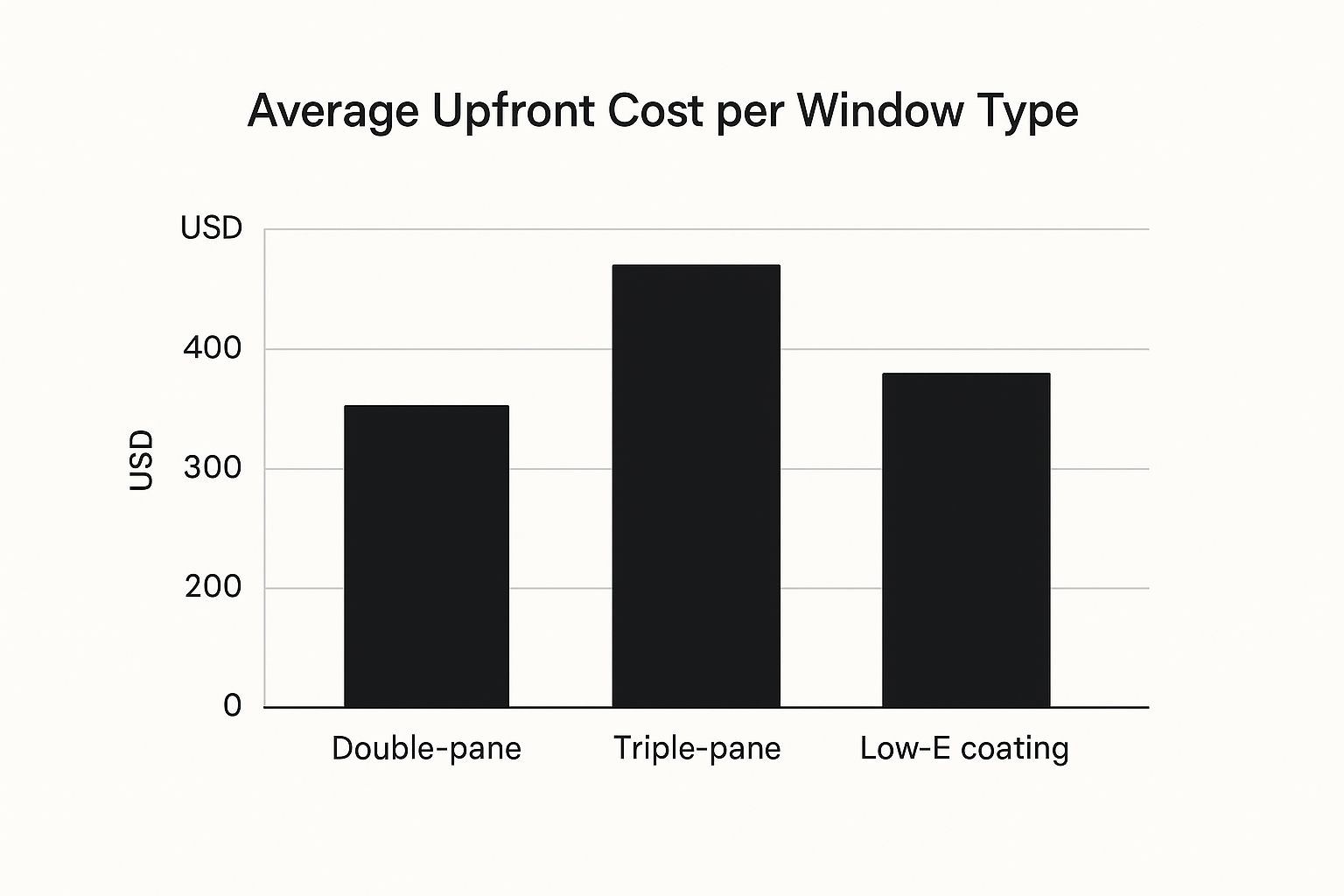
As shown, double-pane windows are typically the most budget-friendly, averaging around $300. Adding a Low-E coating brings the average closer to $350, while triple-pane windows average around $500. Understanding these costs is a good starting point. Tools like a kitchen remodel cost calculator can help provide initial estimates for your project.
To help you compare the different window types, we've compiled a table summarizing the key features, costs, and energy efficiency ratings.
Energy Efficient Window Types Cost Comparison A detailed comparison of different energy efficient window types, their features, average costs per window, and energy efficiency ratings.
| Window Type | Features | Average Cost Range | Energy Efficiency Rating | Typical Energy Savings |
|---|---|---|---|---|
| Double-Glazed | Two panes of glass, air space | $300 - $350 | Good | Moderate |
| Double-Glazed with Low-E | Two panes of glass, air space, Low-E coating | $350 - $400 | Very Good | Significant |
| Triple-Glazed | Three panes of glass, two air spaces | $500 - $600 | Excellent | Substantial |
| Triple-Glazed with Low-E | Three panes of glass, two air spaces, Low-E coating | $600+ | Best | Highest |
This table highlights the various options available and how features like Low-E coatings and additional panes of glass can affect both cost and energy efficiency. Choosing the right window depends on your individual needs and budget.
Gas Fills and Spacers: Further Improvements
Many energy-efficient windows use gas fills like argon or krypton between the panes. These gases have lower conductivity than air, reducing heat transfer further. The spacer between the glass panes also affects performance. High-performance spacers minimize heat transfer at the glass edges. These features slightly increase the cost but contribute significantly to long-term energy savings. Choosing the right window involves balancing your climate, budget, and desired energy performance. Carefully considering these factors allows for an informed investment that maximizes comfort and minimizes energy costs over time.
The Real ROI: When Do These Windows Actually Pay Off?

While the initial price of energy-efficient windows might seem high, the long-term return on investment (ROI) makes them a smart financial decision. This is because of the significant savings you'll see on your energy bills over the windows' lifespan. However, several factors influence how quickly you'll recoup your initial investment.
Factors Influencing Payback Period
Your local utility rates are a major factor. Higher energy costs mean you'll save money faster with energy-efficient windows. The condition of your existing windows also matters. If your current windows are drafty and inefficient, upgrading to energy-efficient models will result in bigger savings.
The quality of installation is crucial. Proper installation ensures maximum energy efficiency, allowing you to enjoy the full benefits of your investment. Choosing experienced installers is key to achieving optimal performance.
Calculating Your Breakeven Point
To figure out your personal breakeven point, consider the initial cost of the windows, your estimated annual energy savings, and any available incentives or rebates. You might find this helpful: More information on relevant sitemap information. Some homeowners see a return on their investment within a few years, while others experience a longer payback period. The increasing cost-effectiveness of energy-efficient windows is reflected in the growth of the market. The global market, valued at USD 13.1 billion in 2021, is projected to reach USD 18.3 billion by 2026, growing at a 7.0% CAGR. This growth is fueled by rising consumer awareness and government incentives. Explore this topic further.
Beyond Energy Savings: Added Benefits
Energy-efficient windows offer more than just direct energy savings. They can boost your property value, making your home more appealing to buyers. Improved comfort and consistent temperatures can also put an end to thermostat wars, further reducing energy use.
Furthermore, energy-efficient windows contribute to the longevity of your HVAC system. By lessening the strain on your heating and cooling equipment, these windows can extend its lifespan, saving you money on expensive repairs or replacements in the future. Considering these additional benefits provides a more comprehensive understanding of the true ROI of energy-efficient windows. Understanding these less obvious advantages helps homeowners make smart choices based on long-term value, not just the initial cost.
Finding Free Money: Incentives That Slash Your Costs
Upgrading to energy-efficient windows is a smart move, but the upfront price can be daunting. The good news is there are several incentive programs designed to significantly lower your expenses. You could potentially save thousands of dollars. Let's explore how to find these savings.
Federal Tax Credits: A Nationwide Opportunity
The federal government offers valuable tax credits for homeowners making energy-efficient improvements. The Energy-Efficient Home Improvement Tax Credit can offset a portion of your new window costs. This credit covers up to 30% of qualifying expenses, although there are limits. It's crucial to ensure your chosen windows meet the necessary Energy Star certifications to be eligible.
State Rebates: Localized Savings
Many states offer rebates for energy-efficient upgrades, creating even more opportunities for savings. These rebates are specific to each state and often target particular window types or efficiency ratings. For instance, some states offer rebates for windows with low-E coatings or triple-glazing.
Utility Company Programs: Extra Perks
Utility companies frequently offer rebates or discounts on energy-efficient windows. These programs are designed to reduce overall energy consumption and can provide significant savings. Some utilities even collaborate with specific window manufacturers or installers like Pella or Andersen, simplifying the application process.
Combining Incentives: Maximizing Your Savings
Interested in learning more about combining incentives? Check out this resource: How to master combining incentives. Combining multiple incentive programs is a smart strategy to maximize your savings. You can often combine a federal tax credit with a state rebate and a utility company discount. This approach can significantly reduce your overall window replacement costs. The ROI of energy-efficient windows also depends on factors like proper ventilation. Here's some helpful information on skylight ventilation solutions to improve comfort and further increase savings.
Navigating the Application Process
While incentive programs offer significant savings, navigating the application process can sometimes feel complicated. Each program has specific documentation and certification requirements. Working with a qualified contractor familiar with these requirements is highly recommended. This will help streamline the application process and ensure you receive the full incentive amount. Don't miss out on these valuable incentives. Research available programs and partner with knowledgeable professionals to significantly reduce your costs and enjoy the benefits of a more comfortable and energy-efficient home.
Installation Costs Exposed: DIY Dangers vs. Pro Value

The price of energy-efficient windows goes beyond the sticker price on the units themselves. Installation is a significant factor that impacts overall cost and long-term performance. While the cheapest installation quote might seem attractive upfront, it can often result in unexpected expenses down the line. Let's explore the potential pitfalls of budget installations and the advantages of hiring a qualified professional.
The Hidden Costs of Cheap Installation
Choosing the lowest bidder for window installation can significantly compromise the effectiveness of your energy-efficient windows. Improper sealing can result in air leaks, undermining the insulating properties of the glass and driving up your energy bills. Condensation buildup is another common issue stemming from poor installation, potentially leading to mold growth and impacting indoor air quality. Furthermore, a subpar installation can void manufacturer warranties, leaving you responsible for future repairs. You might find this helpful: How to master window and door installations.
The Value of Professional Installation
Professional window installers bring experience, specialized tools, and a deep understanding of best practices to every project. They know how to properly seal windows to maximize energy efficiency, ensuring you get the full value from your investment. This translates into lower energy bills and a more comfortable living environment. Furthermore, professionals possess the correct equipment to handle even complex installations, minimizing the risk of damage and ensuring long-lasting performance.
DIY vs. Professional: An Honest Assessment
While some home improvements are suitable for DIY enthusiasts, window installation is generally best left to the experts. Energy-efficient windows demand precise installation to function as designed. Most homeowners lack the specialized tools and techniques necessary for a successful and efficient installation.
Certifications Matter: Choosing the Right Installer
Look for certifications like InstallationMasters when selecting a professional installer. Such credentials demonstrate a commitment to quality and adherence to industry standards. A certified installer can also provide the necessary documentation for warranty claims and potential energy efficiency rebate programs. Choosing a certified installer is an investment in the long-term performance and value of your windows.
The DIY Trap: When It Goes Wrong
Improper installation doesn't just impact energy efficiency; it can also lead to significant and costly repairs. Incorrectly installed windows can warp, crack, or even detach from the frame, creating potential safety hazards. Addressing these issues can quickly erase any initial savings from a DIY attempt.
Cost Comparison: DIY vs. Professional
To better understand the potential costs associated with each approach, consider the following breakdown:
To help illustrate this further, let's take a look at a cost comparison table.
| Cost Factor | Professional Installation | DIY Installation | Notes |
|---|---|---|---|
| Labor | $200-$400 per window | $0 | DIY labor is "free" but comes with risk |
| Materials | Included in labor cost | $50-$100 per window | DIY may require unexpected material purchases |
| Tools | Included in labor cost | $100-$500+ | Specialized tools can be expensive to acquire |
| Repairs (Potential) | Covered by warranty | Variable, potentially high | Improper DIY can lead to significant repair costs |
| Warranty | Valid | Potentially voided | Improper installation can void warranties |
As the table demonstrates, while DIY might appear cheaper initially, the risk of hidden costs associated with repairs and voided warranties can make professional installation the more cost-effective option in the long run. This underscores the importance of considering long-term value when making decisions about your window installation.
Tomorrow's Windows: Emerging Technologies Worth Waiting For
The world of energy-efficient windows is constantly changing. New technologies offer the promise of even better energy savings and exciting features. But it's important to separate truly groundbreaking innovations from marketing hype. This means looking beyond the buzz and focusing on real benefits for your home and budget.
Smart Glass: The Future of Window Tinting?
Smart glass, also known as electrochromic glass, is a technology that lets you electronically control the light and heat passing through your windows. Imagine windows that tint automatically on sunny days, reducing the need for blinds or curtains and maximizing energy savings. This technology is increasingly available, but it's still a premium option with a higher cost than traditional windows.
Photovoltaic Windows: Generating Your Own Power
Photovoltaic (PV) windows have solar cells built directly into the glass, turning your windows into energy generators. This technology offers the potential to lower your energy bills and even send power back to the grid. While still fairly new, PV windows hold immense promise for making your home more energy independent. You might be interested in: How to master....
Vacuum-Insulated Glazing: Unprecedented Insulation
Vacuum-insulated glazing (VIG) significantly improves insulation by creating a vacuum between panes of glass. This dramatically reduces heat transfer, outperforming even triple-glazed windows. VIG technology offers the possibility of substantial long-term energy savings, especially in challenging climates. However, like smart glass, it currently comes at a higher price.
Assessing Affordability and Timing Your Purchase
The energy-efficient window market is constantly shifting, with prices affected by technological progress and consumer demand. Looking ahead, the market is poised for significant growth. By 2025, the global market size is projected to reach USD 17.61 billion, growing to USD 34.63 billion by 2034 at a CAGR of 7.80%. This growth is fueled by factors such as government regulations and the development of new technologies that enhance energy performance. Discover more insights about energy-efficient window markets. Some emerging technologies are becoming more budget-friendly, while others remain premium investments. If you're replacing windows in stages, strategically timing your purchases is key. This lets you take advantage of the latest advancements while avoiding the potential downsides of waiting for technologies that might always seem just out of reach. Balancing current needs with future possibilities means carefully considering your budget, timeline, and desired level of energy efficiency.
Making the Smart Choice: Your Decision-Making Framework
After exploring the various factors influencing energy-efficient window costs, the next step is developing a personalized decision-making framework. This means considering your individual needs, budget, and long-term goals to make the best choice for your home. This section provides a practical guide based on real homeowner experiences.
Prioritizing Performance Based on Climate and Home Orientation
Your local climate and home orientation significantly impact which window features will deliver the most value. In colder climates, triple-glazed windows with low-E coatings are essential for maximizing insulation and minimizing heat loss. For homes with significant sun exposure, solar control low-E coatings can help reduce heat gain and lower cooling costs.
For example, a south-facing home in a hot climate might benefit more from solar control features than a north-facing home in the same region. This highlights the importance of a tailored approach to selecting energy-efficient windows.
Balancing Upfront Costs With Long-Term Savings
Balancing immediate costs with long-term energy savings is crucial. While higher-performance windows typically have a higher upfront cost, they offer greater long-term savings on energy bills. This means a larger initial investment can often lead to a faster return on investment and greater overall savings.
Additionally, consider the potential increase in property value associated with energy-efficient upgrades. Energy-efficient homes are often more attractive to buyers, potentially leading to a higher resale value.
Phasing Replacements: A Strategic Approach
If budget constraints prevent a full window replacement, consider a phased approach. Prioritize replacing windows in areas with the most heat loss or gain, such as those facing north or south. This targeted strategy maximizes your investment's impact while allowing for upgrades over time.
This allows you to experience the benefits of energy-efficient windows sooner while spreading the costs over a manageable period.
The Buyer's Checklist: Key Considerations
To ensure a confident purchase, use this comprehensive checklist:
- Energy Star Certification: Verify the windows meet Energy Star requirements for your region.
- U-Factor and Solar Heat Gain Coefficient (SHGC): Understand these ratings to evaluate window performance.
- Frame Material: Choose a durable and energy-efficient frame material suited to your climate.
- Warranty: Review warranty terms covering both the windows and installation.
- Installer Qualifications: Select a certified and experienced installer for optimal performance.
These considerations help ensure you make an informed decision that aligns with your budget and long-term goals.
Ready to Upgrade?
Transform your home with energy-efficient windows from Gladiator Window and Doors. They offer top-quality, custom-made windows at competitive prices. Their products are thermally rated and USA-approved, ensuring superior performance and durability. Visit Gladiator Window and Doors today for a free quote and experience the Gladiator difference!








